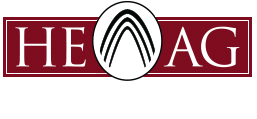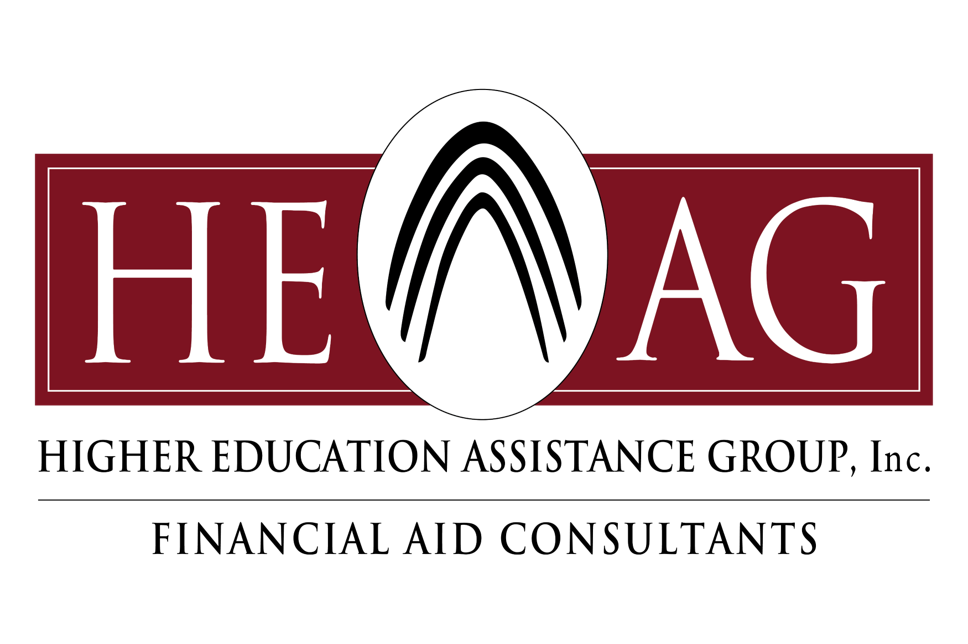With student loan debt topping $1 trillion and a myriad of studies reporting a national lack of financial knowledge, there is a clear need to provide financial education outside the home. Institutions of higher education are uniquely positioned to provide this education. The U.S. Financial Literacy and Education Commission (FLEC) published a report this year to aid institutions that hope to create such a program. The recommendations are broken into five best practices.
Provide Clear, Timely and Customized Information to Inform Student Borrowing – FLEC provides a number of suggestions for the financial aid award letter, which is often one of the more overwhelming communications for prospective students. In summary:
- Itemize the entire cost of attendance
- Separate aid offered by type (grants, loans, work) and include the details of what steps must be taken to have the award processed
- Show what the net cost will be after grant aid only is applied
- Do not include PLUS or other resources that are parent resources
Another increasingly common form of communication is the Debt Letter. At the time the report was written, 12 states required colleges to issue annual debt letters. To truly be effective, letters should contain all educational borrowing including private loans known to the college. They should also provide an estimate of interest paid under various repayment options, an estimate of the total monthly payment, and an estimate of starting salary based on the student’s major. Timing is also critical for the information to be effective – for example, providing this information at the time the student is likely considering how much to borrow.

Effectively Engage Students in Financial Literacy and Education – FLEC recommends that financial education concepts be introduced into existing courses that students are required to take. These classes are already taught by trained educators, so no additional resources are necessary. One-hit programming during orientation or optional seminars are not as effective as a required, on-going conversation. Peer counseling, as part of the larger program, can be effective if the students providing the information are well-trained on concepts like budgeting, setting financial goals and managing credit.
Target Different Student Populations by Using National, Institutional and Individual Data – The population of enrolled students to which the institution is attempting to communicate is not homogenous and as such, time should be taken to segment audiences and develop specific messaging for each segment. There is a large amount of data available both at the national level and at the institutional level to support this process.
Communicate the Importance of Graduation and Major on Repayment of Student Loans – It has been widely documented that students who fail to complete the educational program for which they borrowed are more likely to default on student loans. And obviously, students who cannot complete degree requirements in the standard time will wind up borrowing more than they would have otherwise. As such, it is important to create communications and programs that do the following:
- Provide incentives to students to complete degree requirements on-time or early if possible
- Dedicate staff to assisting students in overcoming the obstacles to on-time graduation
- Provide emergency financial assistance for students in temporary need so they don’t have to leave campus
Prepare Students to Meet Financial Obligations upon Graduation – Institutions should help students with their financial needs before they leave the campus. The key areas of focus should include:
- Providing information to understand loan repayment options and obligations
- Building a budget to set a repayment goal
- Helping students identify and connect with their student loan servicer
- Enabling students to assess the costs and benefits of graduate and professional studies
References:
To read the full study, visit: https://home.treasury.gov/system/files/136/Best-Practices-for-Financial-Literacy-and-Education-at-Institutions-of-Higher-Education2019.pdf.
Federal Student AID (FSA) also provides a resource to assist in the development of a successful financial education program – https://financialaidtoolkit.ed.gov/resources/fin-lit-guidance.pdf.




